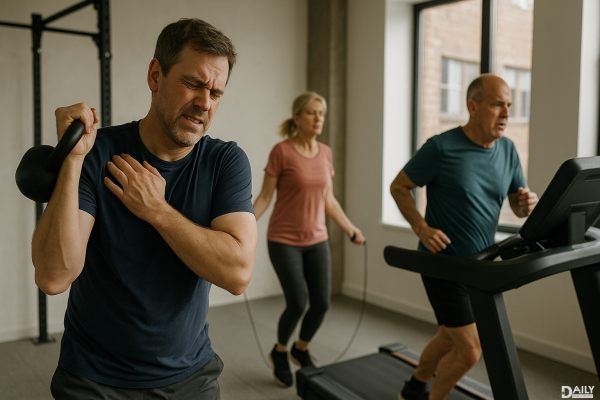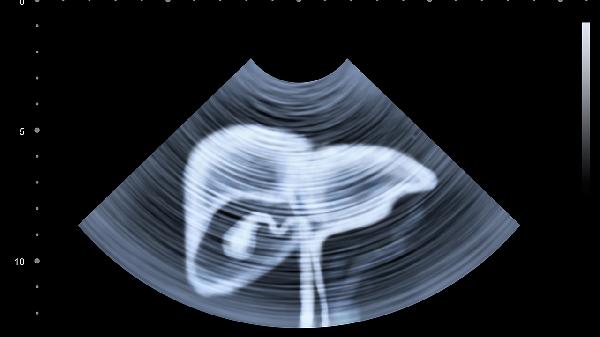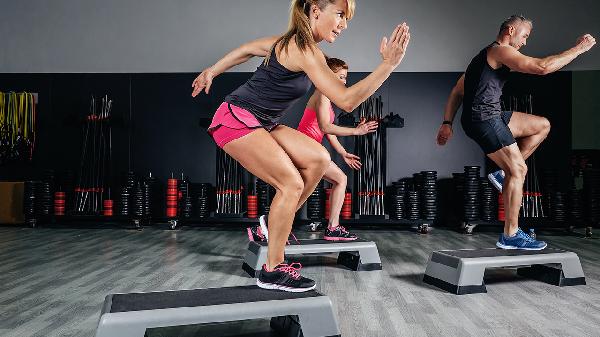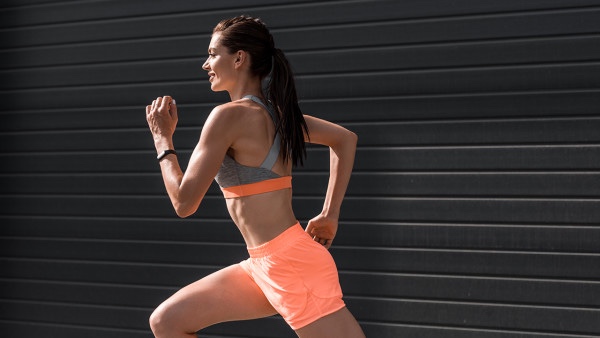If you're looking to build serious leg strength while keeping your form on point, the low bar squat might just be your new best friend. Unlike the high bar squat, which places the barbell higher on your traps, the low bar variation positions the bar lower across your rear delts. This subtle shift changes the game—engaging more of your posterior chain (think glutes, hamstrings, and lower back) and allowing you to lift heavier with better stability. Plus, it’s a favorite among powerlifters for a reason. Let’s break down why this move deserves a spot in your routine and how to nail it like a pro.
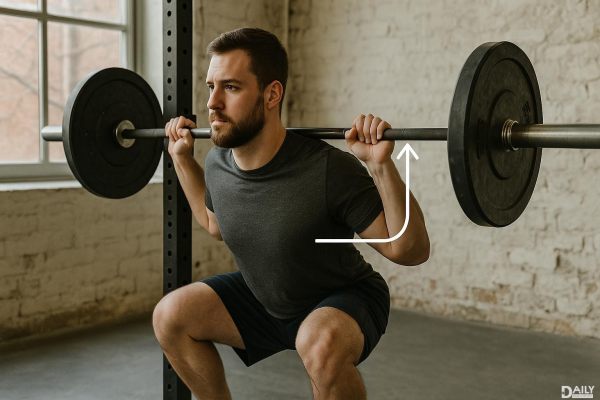
First off, the low bar squat isn’t just some niche variation—it’s a powerhouse for building functional strength. Because the bar sits lower on your back, your torso naturally leans forward slightly, which shifts more load to your hips and hamstrings. This mimics real-world movements like picking up heavy objects or even sprinting, making it incredibly practical. And since your posterior chain is doing more of the work, you’ll likely find you can handle more weight compared to high bar squats. That means faster gains and a more balanced physique. Win-win.
Getting the bar position right is crucial. You’ll want to rest it snugly on your rear delts, just below the spine of your scapula. Too high, and you’re basically doing a high bar squat; too low, and you risk losing control. As for grip, go slightly wider than shoulder-width to create a stable “shelf” with your upper back. Some lifters prefer a thumbless grip (aka “false grip”) to reduce wrist strain, but experiment to see what feels best. Pro tip: If the bar feels like it’s slipping, try squeezing your shoulder blades together to lock it in place.
Your stance can make or break your low bar squat. Start with your feet shoulder-width apart or slightly wider, toes angled out about 15-30 degrees. This opens up your hips, letting you hit depth without compromising form. Play around with width—some folks thrive with a wider stance (think sumo-ish), while others prefer something more moderate. The key is to keep your knees tracking over your toes as you descend. If they cave inward, you’re asking for trouble (and possibly a one-way ticket to Snap City).
Here’s where the magic happens. Initiate the movement by pushing your hips back like you’re sitting into a chair, then bend your knees to lower yourself. Keep your chest up but don’t fight the forward lean—it’s part of the deal with low bar squats. Aim to hit at least parallel (thighs parallel to the floor), though some lifters go deeper if mobility allows. Depth is great, but not at the expense of form. If your lower back rounds or your heels lift, dial it back and work on mobility drills.
The ascent is all about power from your posterior. Think about driving through your heels and thrusting your hips forward as you stand. Your glutes and hamstrings should feel like they’re doing the heavy lifting (because they are). Avoid the temptation to good-morning the weight up—that’s a sign your quads might be slacking. If that happens, deload and focus on keeping your torso tight and your hips engaged throughout the movement.
Even seasoned lifters can mess up the low bar squat. One biggie? Letting the elbows flare too far back, which can strain your shoulders. Instead, tuck them slightly to keep your upper back tight. Another pitfall is rushing the descent—control is key to avoiding injury and maximizing muscle engagement. And if you’re struggling with depth, try box squats or pause squats to build confidence in hitting parallel. Remember, it’s better to go lighter with perfect form than to ego-lift and risk wrecking your progress.
Want to level up your low bar game? Incorporate exercises that strengthen your weak links. Deadlifts and Romanian deadlifts are killer for hamstring and glute development. Front squats can help with quad strength and upright torso positioning, while hip thrusts target those glutes directly. Don’t neglect core work either—planks and weighted carries will keep your midsection rock-solid during heavy squats. And if mobility’s an issue, add in some dynamic stretches or yoga poses to open up those hips.
The low bar squat might feel awkward at first, especially if you’re used to high bar or front squats. But stick with it, and you’ll unlock a new level of strength and performance. Start light, focus on form, and gradually add weight as you get comfortable. Before long, you’ll be repping out heavy sets like it’s nothing—and your legs (and lifts) will thank you. Now get under that bar and show it who’s boss.

